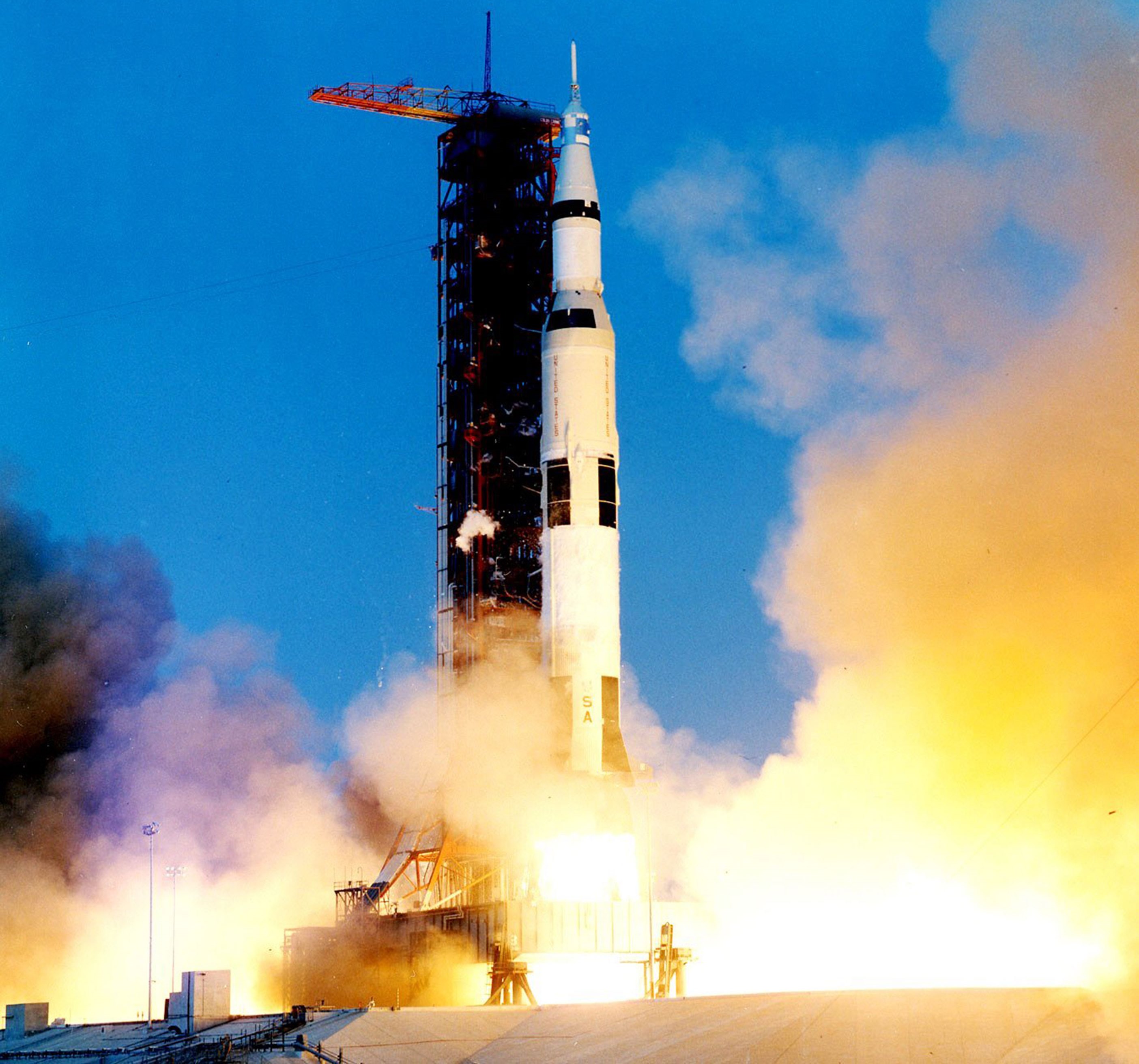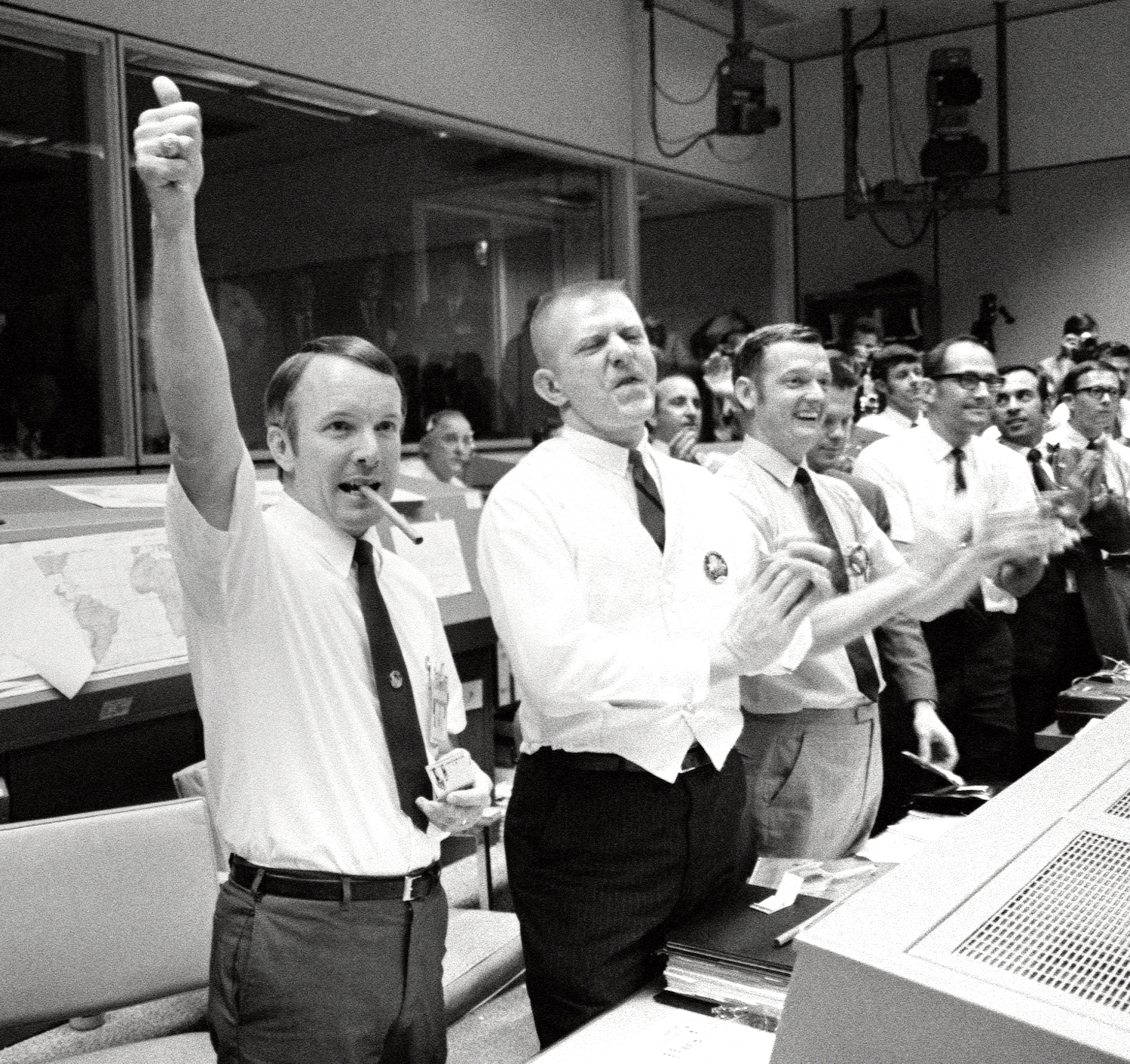Prepare for your new weekly dose of history, as WDD recaps significant events that took place in the tech and engineering space.
If you’ve ever seen Ron Howard’s 1995 stellar (in more than one sense of the word) film, then I’m sure you know the historic event I’m about to recount. You probably also read the title of this blog post in Tom Hanks’ voice.
On April 13, 1970, an oxygen tank exploded onboard the Apollo 13 spacecraft, rendering NASA’s third attempt at a lunar landing impossible. This was NASA’s seventh manned mission in the Apollo space program.
The explosion, which occurred two days after launch and about 205,000 miles into the mission, damaged the Command Module (CM), causing shortages in electricity and oxygen. As a result, the crew, comprised of Commander James Lovell, Command Module Pilot Jack Swigert, and Lunar Module Pilot Fred Haise, shut the CM down to save power for re-entry, using the Lunar Module (LM) as a temporary “lifeboat.”
Because the LM was designed to sustain two people for a day (not three people for four days), the crew, with the support of Mission Control on Earth, improvised a “mailbox”—a device that connected the CM’s cube-shaped LiOH canisters (necessary to remove carbon dioxide from the air) to the LM’s cylindrical canister-sockets.
Other challenges included accomplishing a power-up of the completely shut-down CM—something that was never intended to be done in-flight—and figuring out how to separate the LM from the CM before re-entry.
Against all odds, the crew splashed down safely in the South Pacific Ocean on April 17.
“The flight was a failure in its initial mission,” Lovell later told NASA. “However, it was a tremendous success in the ability of people to get together, like the mission control team working with what they had and working with the flight crew to turn what was almost a certain catastrophe into a successful recovery.”

The Apollo 13 Saturn V lifts off from Launch Pad 39A at the Kennedy Space Center on April 11, 1970. (Credit: NASA)

Inside the LM, Swigert holds the feed water bag connected to a CM LiOH canister designed to remove CO2 from the LM’s atmosphere. (Credit: NASA)

The crewmembers of Apollo 13, from left, Haise, Lovell, Swigert, following splashdown. (Credit: NASA)

Apollo 13 flight directors celebrate the successful splashdown. (Credit: NASA)
Filed Under: Aerospace + defense




